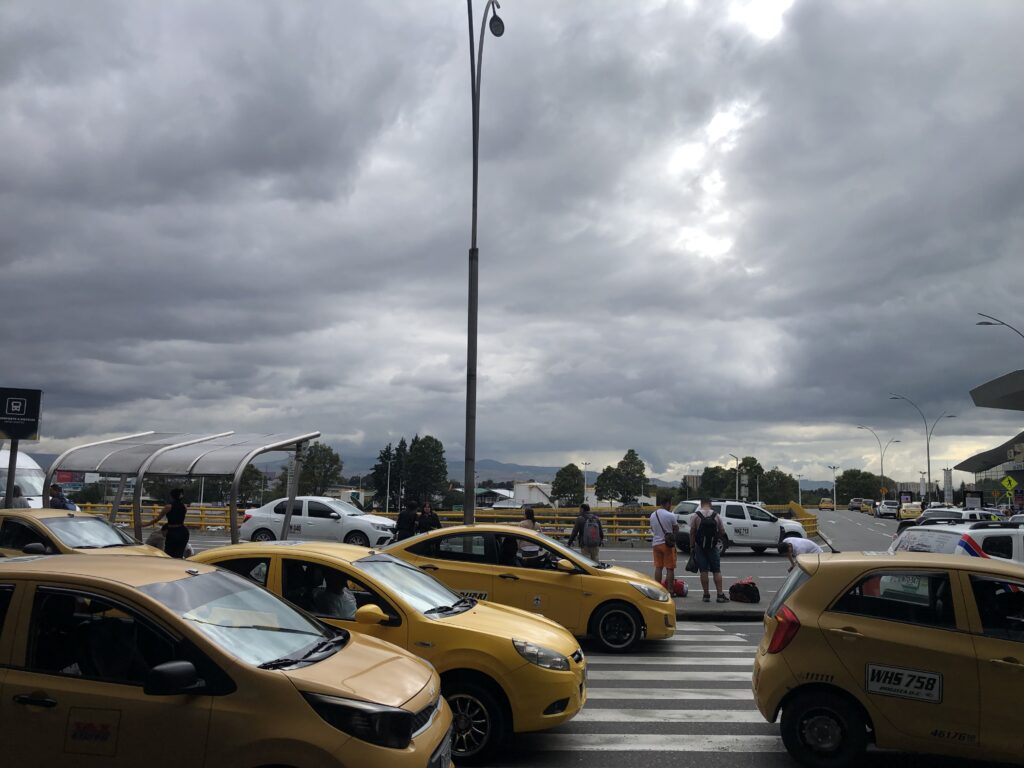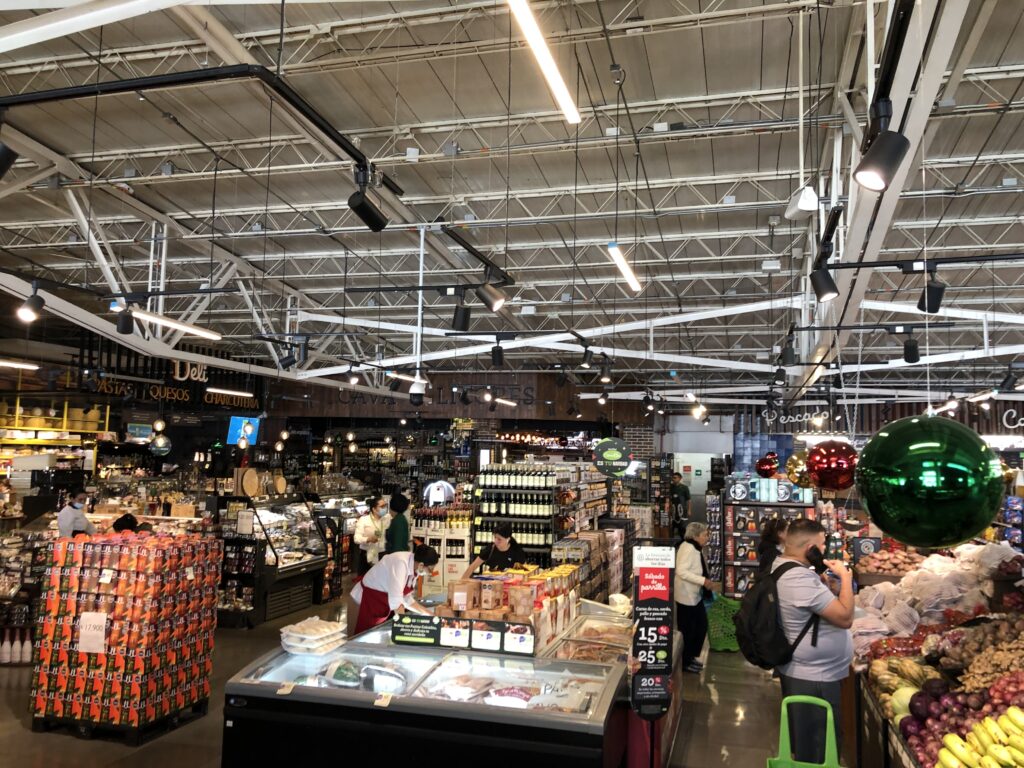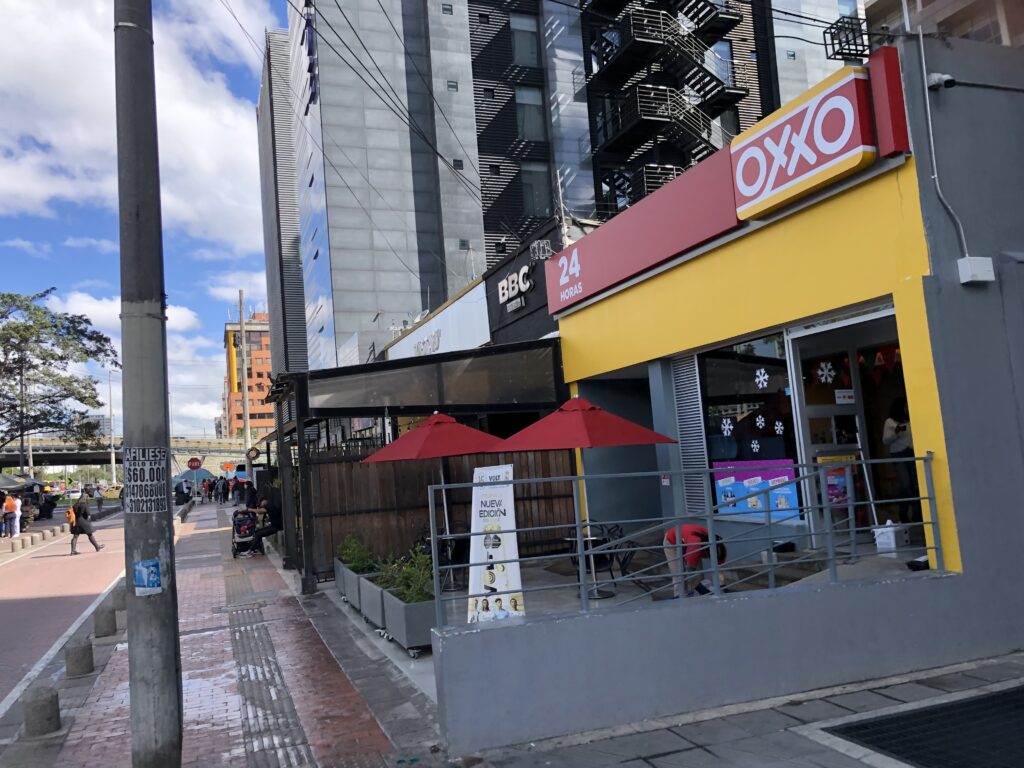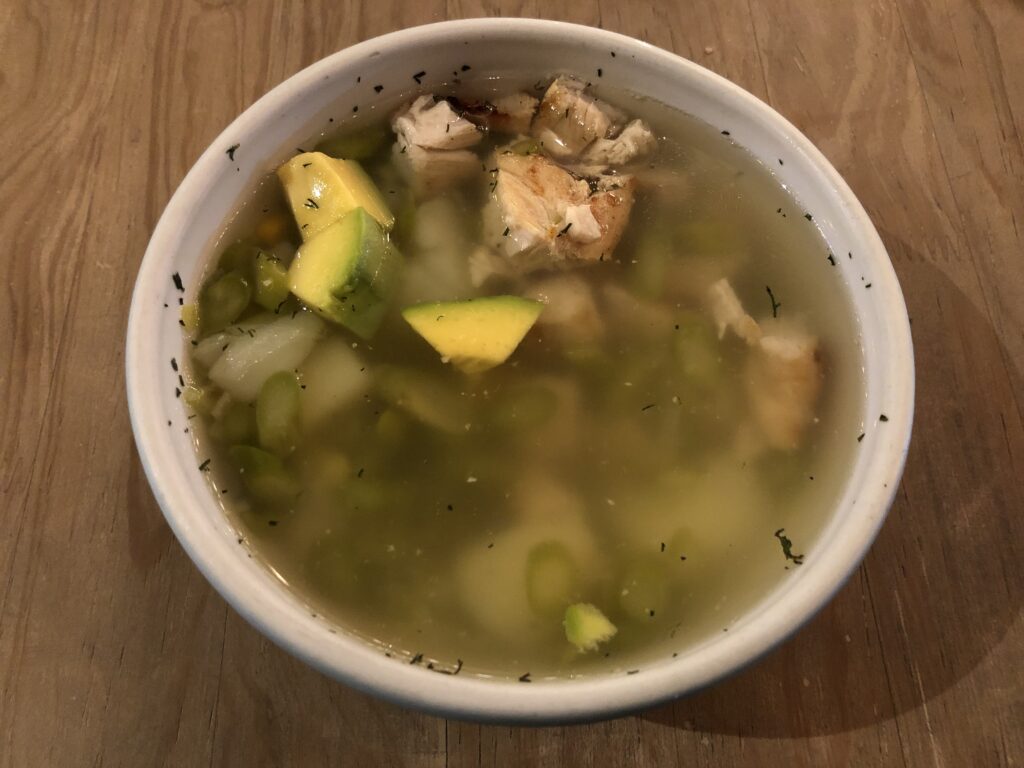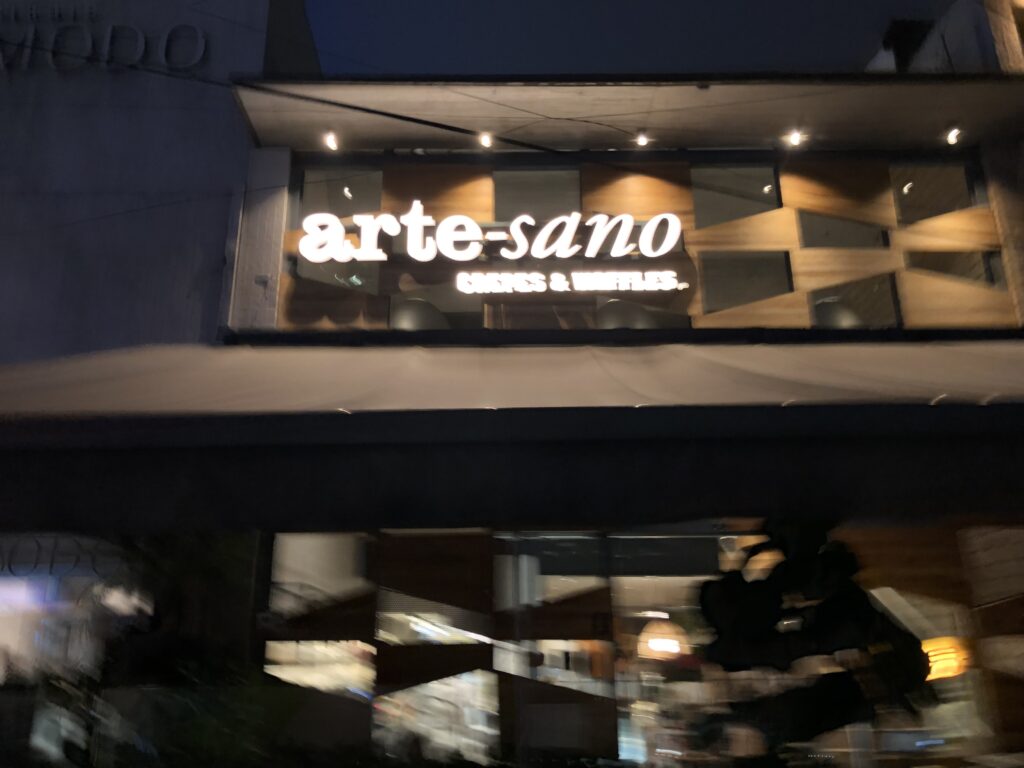5 Days in Bogotá
Check out the accompanying podcast episode https://creators.spotify.com/pod/show/nutritionbyeric/episodes/Episode-36—5-Days-in-Bogota-e2s7gfg
I finally made it to Bogotá, the capital of Colombia. It’s been a year in the making. Last year, I got a new job that prevented me from going sooner, but during the Thanksgiving break, I finally found the time. After briefly visiting some family in Florida, I flew to El Dorado International Airport (BOG) to begin my adventure.
I had an Airbnb waiting for me, which had the highest ratings on the site. It was about a 30-minute drive from the airport. Upon landing, I connected to the airport’s free Wi-Fi, ordered an Uber, and prepared to settle into my home for the next five days. Traffic was heavy, but I eventually arrived at a seven-ish-story building where I checked in with the attendant at the front desk. He asked for my passport and WhatsApp number, which, luckily, I had.
The Airbnb was a cozy studio with a small kitchen, a desk, and a bed. I soon noticed there was no heater or air conditioning—it gets a little cold at night in Bogotá. The stove was smaller than a typical U.S. stove but larger than a toaster oven. After unpacking, I found a restaurant conveniently located next door, and I was relieved to see that most places accept credit cards.
November 30th: First Impressions
The next day, I was ready to explore. Without a local SIM card, I decided to rely on finding Wi-Fi hotspots along the way to book Ubers and navigate. Even though my credit card worked, I felt it would be good to get some cash. I located nearby ATMs (or cajeros automáticos) and withdrew about $50 in pesos. Between pesos and my credit card, I was set.
I spent the day walking around, exploring my neighborhood, and visiting a grocery store. I even got a haircut! Later, I checked out Chapinero’s nightlife. This area is full of restaurants and bars, and I was pleasantly surprised to find a Japanese restaurant where the staff wore anime costumes.
December 1st: Usaquén and Ciclovía
Sunday morning, I headed to Usaquén, a charming neighborhood known for its artisan market. I had breakfast at a popular spot called Abasto before browsing the market, which featured handcrafted goods and unique foods. Along the way, I witnessed Ciclovía, a weekly event where major streets are closed to cars so people can run, bike, and skate. The turnout was impressive—so many people enjoying the outdoors!
At the market, I had my first “street arepa,” filled with egg, sausage, and other delicious toppings. Later, I stopped at Juan Valdez, Colombia’s answer to Starbucks, and ordered a tinto pequeño (a very small black coffee). That afternoon, I got a tip, and visited Parque 93 at night, a popular spot for tourists, where I found ramen and soaked up the lively atmosphere.
December 2nd: Functional Medicine Doctor and a Sauna
Monday began with a visit to a functional medicine doctor (thank you ifm.org) who had some very interesting machines in her clinic. Later, feeling cold from Bogotá’s chilly weather, I found a private sauna. Each room had its own TV where you could stream content, though figuring out the controls in Spanish took a moment.
For dinner, I discovered a restaurant called Artesano, which serves creative crepes made from four types of gluten-free, vegan batters. While I’m not vegan, I do appreciate gluten-free and dairy-free options. The food was excellent, and thankfully, back at the airbnb, the host arranged someone to bring me a space heater, so I didn’t have to sleep in my jacket anymore.
That red crepe – found an old menu: https://us-mia-1.linodeobjects.com/crepes-main/menublock/1f2ff826fca54970a93913054220fe34/artesano-menu-pagina-web_compressed.pdf.
December 3rd: La Candelaria and History
On Tuesday, I ventured to La Candelaria, Bogotá’s historic district in the south. I had lunch at La Puerta Falsa (“The False Door”), one of the city’s oldest restaurants, where I enjoyed a hearty chicken soup made with three types of potatoes.
After lunch, I explored the area. The streets were lined with castle-like buildings, street vendors, and small plazas. One plaza featured alpacas (and people offering photo ops with them) alongside vendors selling aromática, a comforting brew of cinnamon, spices, and honey.
Drinks, Safety, and Final Thoughts
I tried some local drinks, including lulo juice, made from a fruit that tastes like a cross between lemon and orange, and mango smoothies, which were heavenly.
As for safety, many buildings had visible security—guards, police, and even police dogs. Visitors also had to check in at the front desk before being allowed further inside. While Bogotá felt generally calm and orderly, it’s always good to stay aware: dress modestly, avoid flashy items, and carry only what you need.
Overall, Bogotá felt tranquil, and I also heard “tranquilo” a lot—quiet, calm, and full of surprises. I’ll probably be back.


